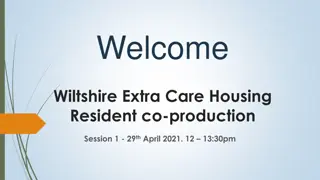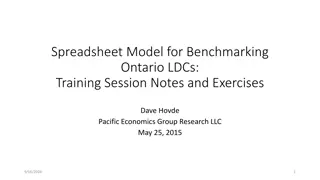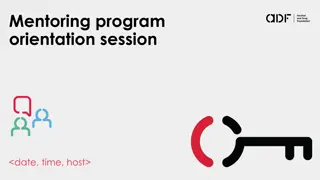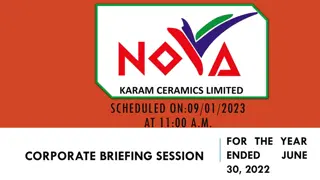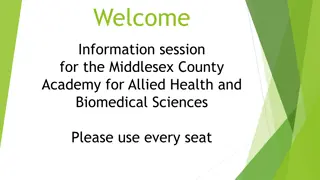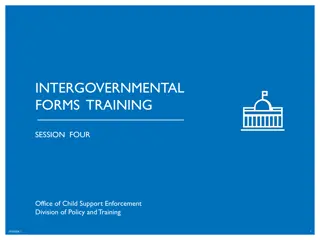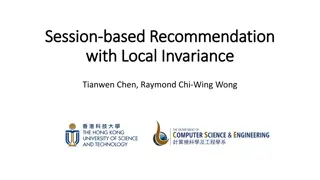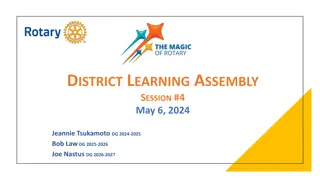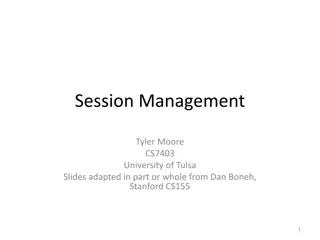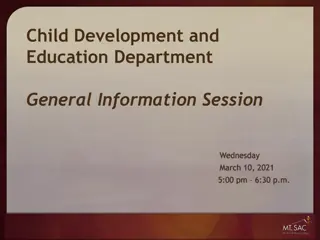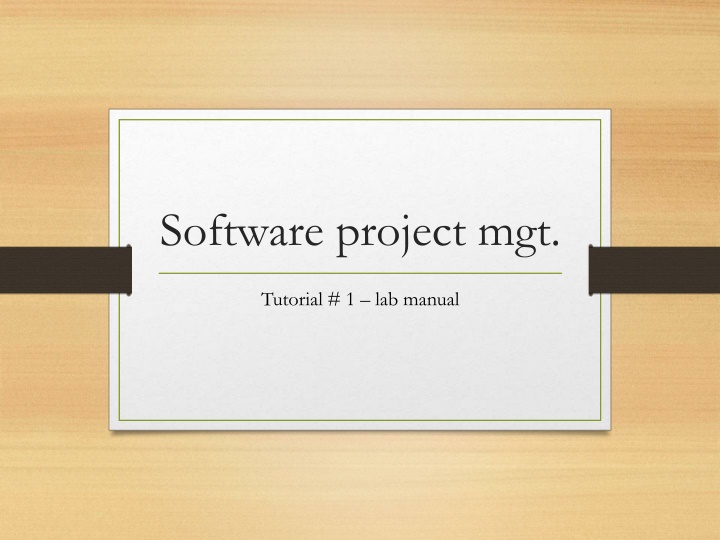
Unlocking the Power of Microsoft Project 2013 in Project Management
Dive into the world of project planning and management with Microsoft Project 2013. Learn the key differences between Project Standard and Project Professional, discover the new features introduced in the 2013 edition, and develop a strategy to master the tool for effective project management practices. Explore the capabilities of Microsoft Project in creating detailed plans, managing resources, tracking progress, and collaborating with project teams.
Download Presentation

Please find below an Image/Link to download the presentation.
The content on the website is provided AS IS for your information and personal use only. It may not be sold, licensed, or shared on other websites without obtaining consent from the author. If you encounter any issues during the download, it is possible that the publisher has removed the file from their server.
You are allowed to download the files provided on this website for personal or commercial use, subject to the condition that they are used lawfully. All files are the property of their respective owners.
The content on the website is provided AS IS for your information and personal use only. It may not be sold, licensed, or shared on other websites without obtaining consent from the author.
E N D
Presentation Transcript
Software project mgt. Tutorial # 1 lab manual
objective In this session you will learn to: Describe the high-level benefits of a dedicated project planning and management tool like Project. Distinguish between Project Standard and Project Professional . Identify the major new features introduced in the 2013 edition, as well as in the several prior releases of Project, and where in this book you ll find hands-on activities with those features . Begin to develop your own skills development strategy for mastering Project in the context of good project-management practice .
Meet the Project application Microsoft Project 2013 is essentially the most important tool in project management. Allows to build schedules (generally referred to as plans) complete with Tasks and Resources Allows extensive formatting features to better reflect the plan s detail, track the project and sharing with project teams. Allows corrective actions in case the project goes off track.
CONTD.. Create plans at the level of detail that s right for your project. Work with summary data initially, or shift to a more detailed approach when it s convenient. Control what tasks Project can schedule automatically or that you ll schedule manually . Manage tasks, costs, work, and resources at whatever level of detail is appropriate for your project s needs . Work with your plan s data in a variety of views and reports . Track and manage your plan throughout the life of the project . Collaborate and share data with others in your organization using rich view and report formatting options . Use resource pools, consolidated projects, and cross-project links to extend your project-management focus across multiple projects .
MS-PROJECT FAMILY Project Standard is the entry-level desktop application with which you can create and modify plans. Project Professional Includes all the functionality of Project Standard plus a few additional features you can use to create and modify plans Project Professional can connect to Project Web App (PWA). Project Pro for Office 365 is an online subscription. Project Online is the online subscription to Microsoft s Project and Portfolio Management (PPM) solution built on Project Web App and Project Server.
Advance features of project 2013 Reports Task Path Redesigned Backstage and Sky-Drive integration A much later project finish date Support for touch input New cleaner look Support for apps for Office
Project in conclusion Project is defined as a temporary endeavor undertaken to create a service or product (deliverable) Some important points: What tasks need to be performed and in what order for deliverables. When each task should be performed so that, the deadlines are met. Who will be responsible for tasks. What if some tasks are not completed on time Best way to communicate with different levels of understanding of stake holders.



